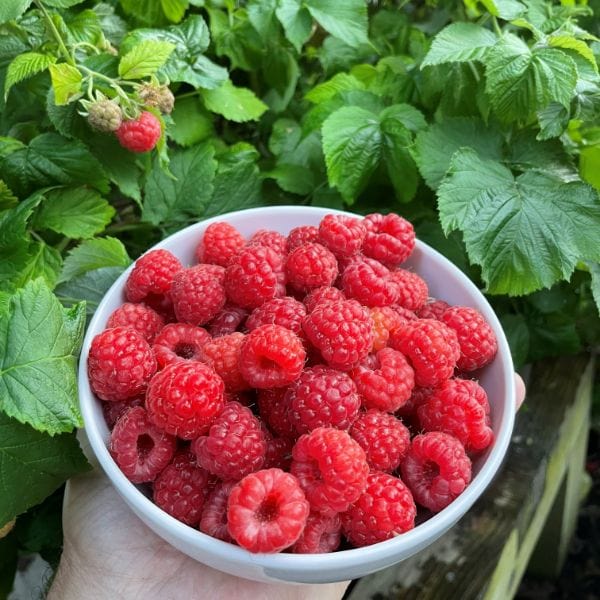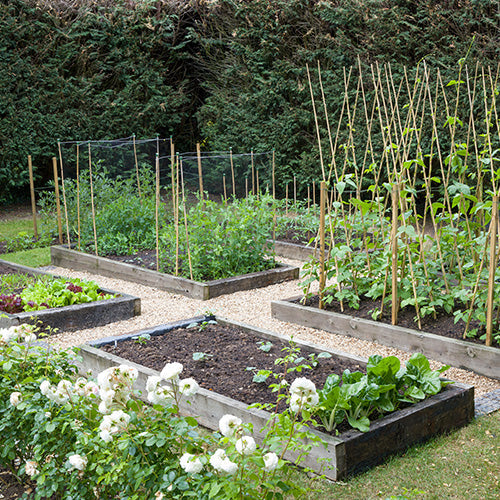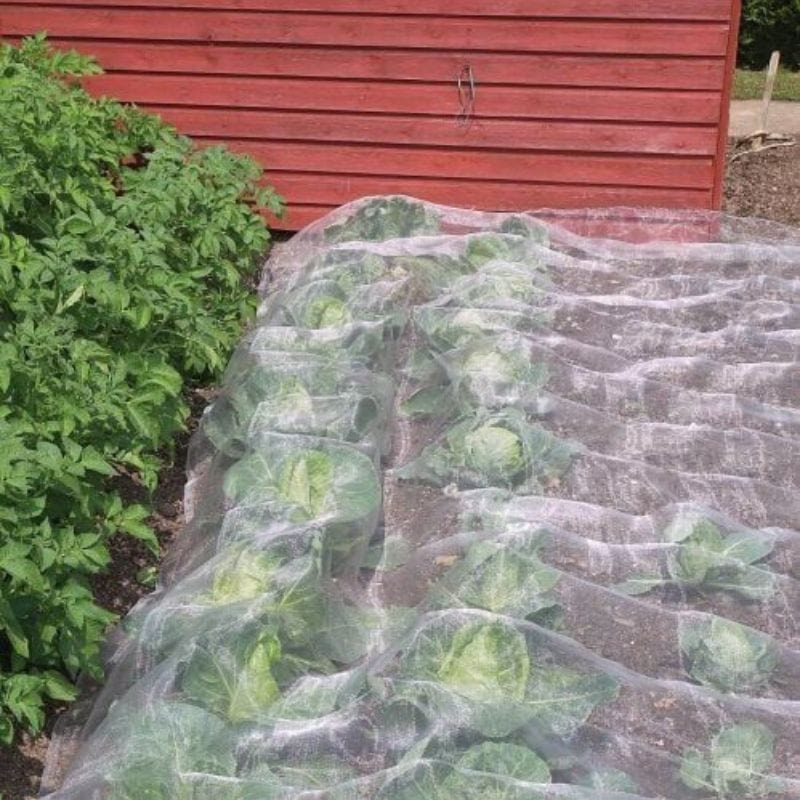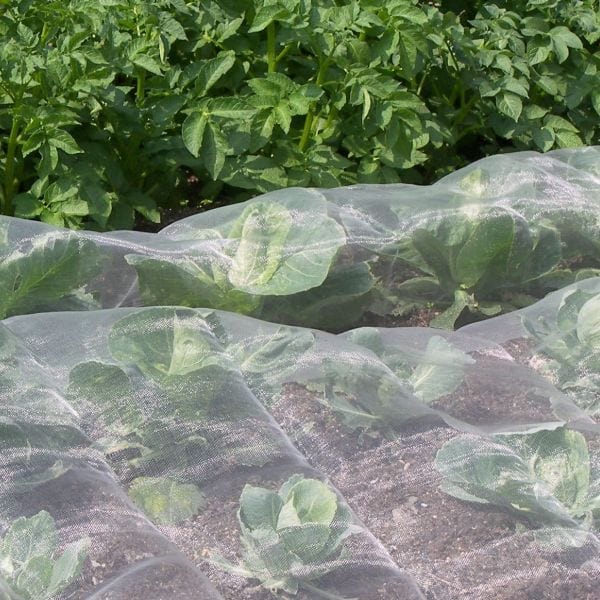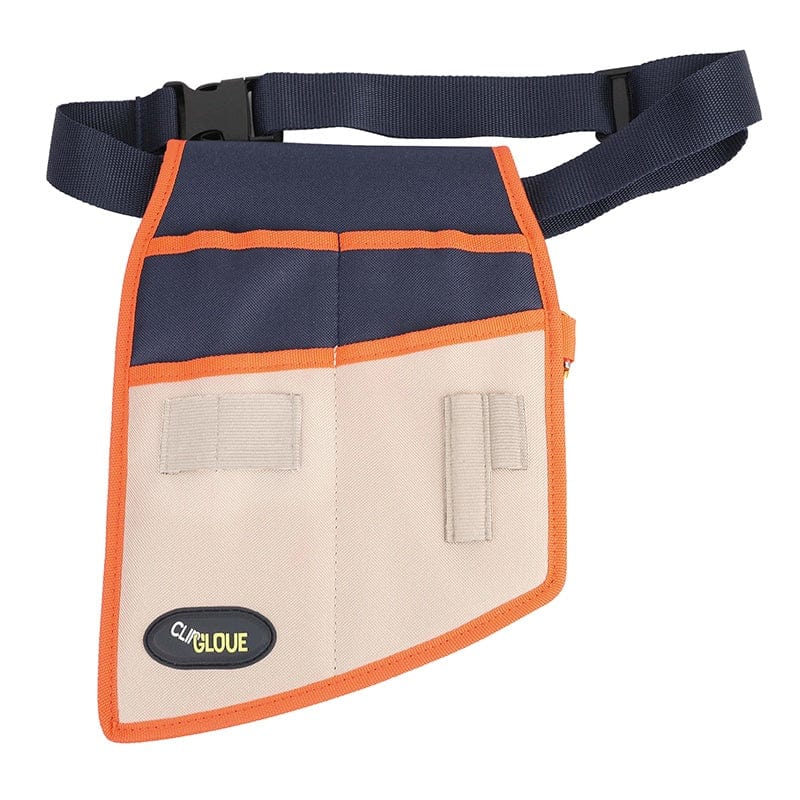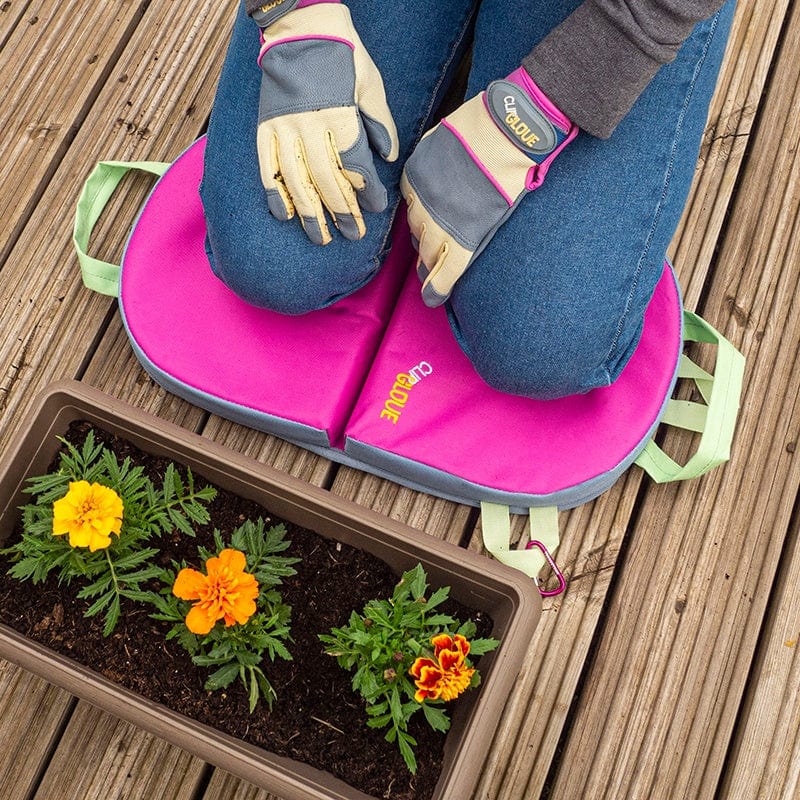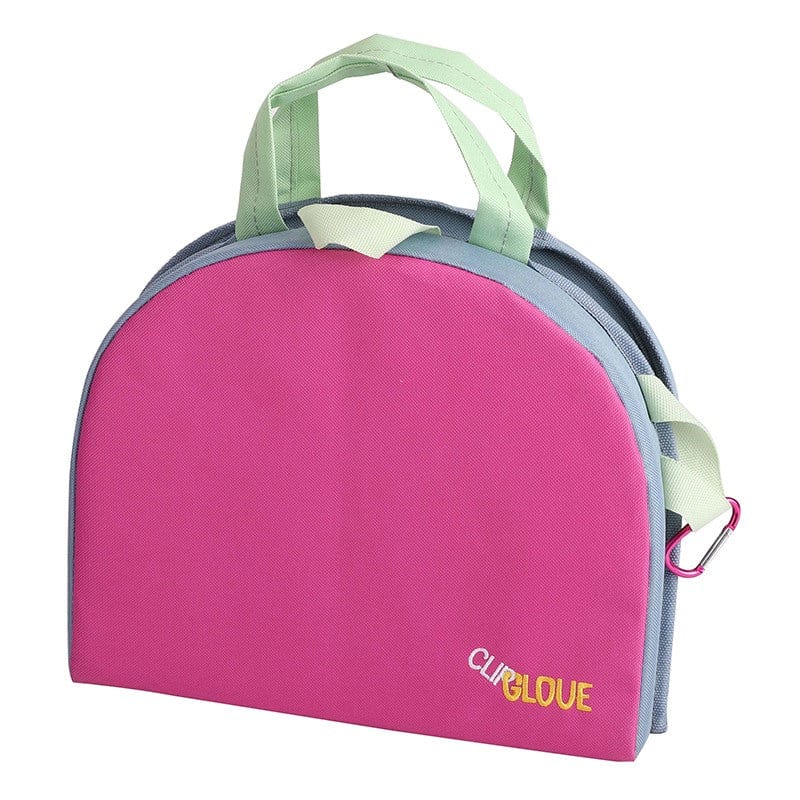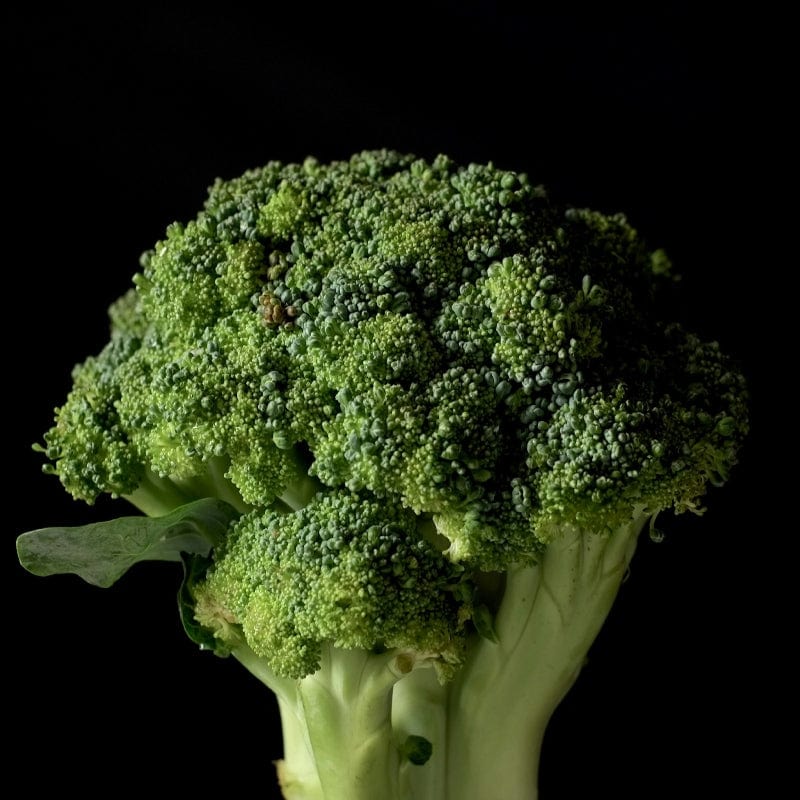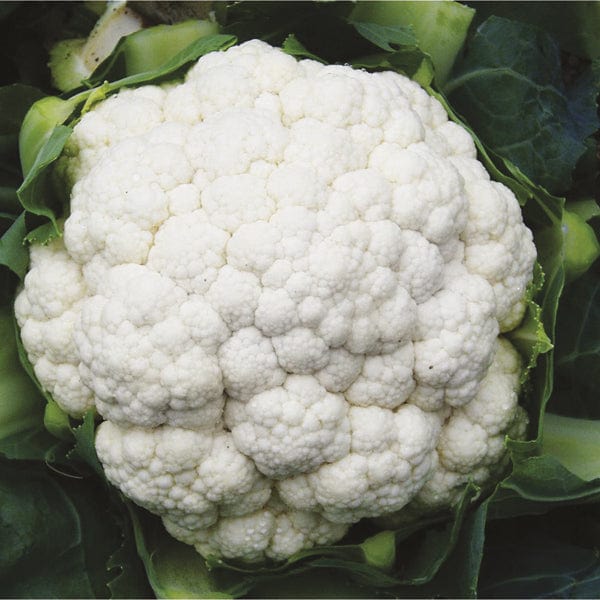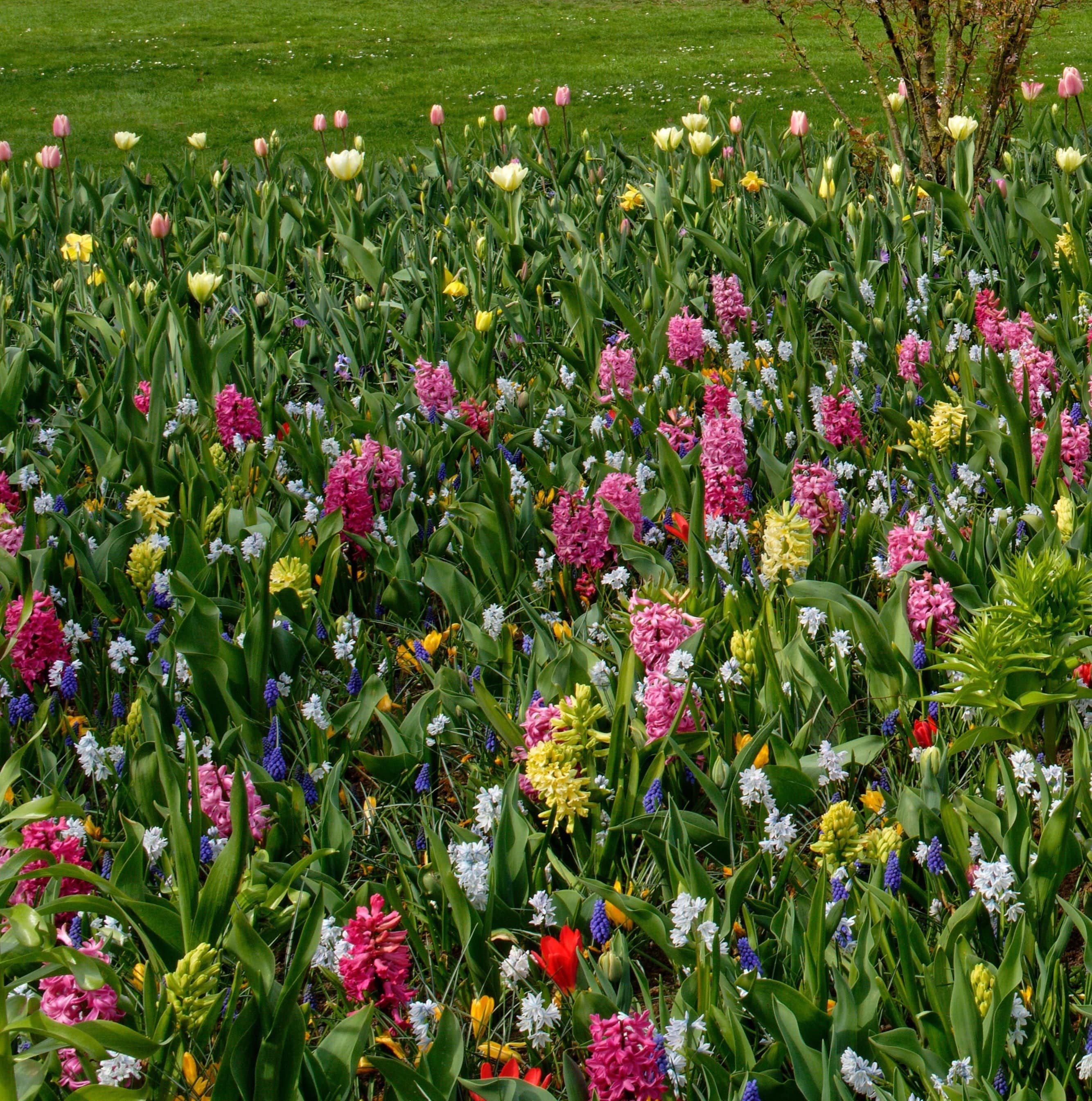Whether you’re about to get started with a new allotment and are looking for a beginner’s allotment plan, or you just want to change the layout of your existing one, making a plan is the best way to make sure you don’t forget anything crucial. Below, we outline why a plan is necessary and explain the various things you should include when learning how to start and plan an allotment.
How to Start an Allotment
Before you begin planning your allotment, you need to take the necessary steps to obtain it in the first place. Allotments are typically run by councils or private associations, so you’ll need to check the availability of your desired site first. This may involve spending some time on a waiting list, so it's best to get your name on the list early. In the meantime, you can still get started on creating the perfect plan while you wait by following the steps below on how to plan an allotment.
Our Steps to a Beginner’s Allotment Plan
If you’re looking forward to getting started with a new allotment layout, making a careful plan and diagram might not be your top priority. It’s a helpful thing to do, though, as it encourages you to problem-solve and think about what your allotment will look like before you get to the stage of actually moving things around. This could save you a lot of time and effort. So, take a look at our allotment layout ideas for a beginner’s allotment plan below to help you get started on creating the ideal space.
Map Out the Available Space
The first step in our list of allotment layout ideas is to determine the dimensions of your plot. Accuracy is vital here, as this step determines the amount of space you have to work with. So, spend a morning measuring up your allotment with a tape measure. This can also be a good opportunity to assess what’s already on your plot, such as weeds, the previous owner’s left-behind plants and natural features like drainage, soil quality and natural light availability.
Don’t forget to account for immovable or permanent features. If there is a shed, paved path, fence, tree or some other feature that either can’t be moved or you don’t intend to move, make sure to plot it on your diagram. If you can’t have a bed there, mark it on the diagram so you can get a better idea of how much bedding space you have.
Related Products
Designing Your Paths
Next, you need to determine the size of your paths. Paths are essential to avoid trampling over your plants all the time, so don’t overlook them! We recommend taking into account the size of your wheelbarrow, as this vital bit of kit needs to be able to fit along your paths to carry things through your allotment.
Mark your paths with a width that’s at least as wide as the widest point of your wheelbarrow, then add a couple of inches on either side to be safe. This should give you room if you need to squeeze past your wheelbarrow on the path for any reason.
It’s also worthwhile to plan what material your paths will be made out of at this stage. Different materials offer distinct advantages, as wood chips can improve soil quality after breaking down and are cost-effective. Alternatively, a sturdier substance, such as gravel or crushed stone, can provide a more durable surface if needed.
Consider What You Plan to Grow
Thirdly, consider what you intend to grow, taking into account how well your plants will grow in your climate and how they will best fit within your space. If you want to do crop rotation, which is recommended, you’ll need at least three similarly sized and shaped beds to rotate the crops between – and more if you’re planning on a longer rotation period. You may also need additional beds for planting perennial seeds, as the plants remain in one bed for their entire life.
It’s also worth considering the increasing demands of certain crops. If a particular vegetable plant, fruit plant, or flower plant needs lots of sunlight to thrive, then that may affect where it goes in the allotment, and you may wish to plan this out ahead of time to ensure you have enough beds in the right places for all your plants.
Map Out Bed Sizes and Arrangements
Now that you have a rough idea of what needs to go where and what space is available, it’s time to consider how many beds you’ll have and their size and shape. Too wide, and you might struggle to reach plants in the centre; too narrow, and you may not have enough space in each bed for plants as they mature and grow larger.
An easy way to visualise this is to cut rectangular ‘bed’ stand-ins out of old newspapers or magazines and place them on your diagram to see how your beds could be arranged. This may require some trial and error, but it can help make your allotment space easier to understand. Don’t forget to plan for any pre-existing water irrigation systems, as this may alter the variety of layouts that are possible.
At this stage, you might also want to begin assigning specific crops to specific beds – or, for example, assigning particular beds as crop rotation beds. This is the ideal time to consider companion planting if there’s a specific list of crops you intend to grow. You can also use our growing guide, which features a bed planner to help you keep track of all the essential details of your crops in one place.
Space for Storage
Finally, don’t forget the movable essentials. You’ve taken note of the space taken over by sheds, trees and fences, but what about the items that can go anywhere within your plot and yet haven’t so far been assigned a place? For instance, this could be a water butt or a compost bin, or storage for garden equipment, flower seedsorflower bulbs and tubers.
Whatever the essential items are, ensure you’ve left ample space for them without blocking paths or beds. Once you’ve done that, you should have a reasonably detailed beginner’s allotment plan of your intended allotment layout - now all you need to do is bring it to life!
Frequently Asked Questions on Starting an Allotment
How Much Time Does an Allotment Take?
The amount of time you spend on your allotment will depend on the size of your plot and how much you grow. Generally, people spend between four and six hours a week in the spring and summer on planting, weeding, and watering. In autumn and winter, you will have less to do, and typically a couple of hours every fortnight will be enough. Visiting your allotment little and often is the best way to stop jobs piling up.
What Is a Good Size for an Allotment Bed?
A manageable size for an allotment bed is usually 1.2m (4ft) wide. By keeping to this length, it will be wide enough to fit several rows of crops but narrow enough to reach the middle without stepping on the soil. Bed length can vary, but many gardeners choose 2-3m (6-10ft) per bed. This makes planning, rotation, and maintenance much easier, especially when you’re starting out.
Can I Use Pesticides on My Allotment?
Most allotment sites discourage or restrict the use of pesticides to protect wildlife and maintain soil health. Instead, organic methods such as garden netting, companion planting, or encouraging natural predators (such as ladybirds for aphids) are recommended. You should check your site’s rules if you intend to apply anything. If chemicals are permitted, you must follow safety guidelines carefully.
Get Gardening with D.T. Brown Seeds
We hope our allotment layout ideas have given you all the tips you need for your beginner’s allotment plan! If you’re looking for more allotment and gardening tips, you can find all of our expert advice in our gardening blog.
If you’d like to ask us about our range of gardening supplies, such as our vegetable seeds and vegetable plants, feel free to get in touch with any questions. A member of our team will be more than happy to help.

